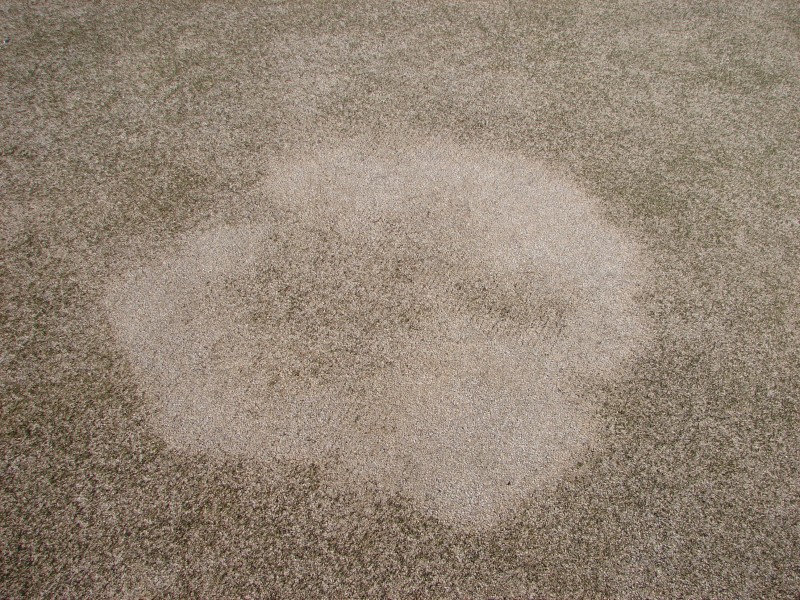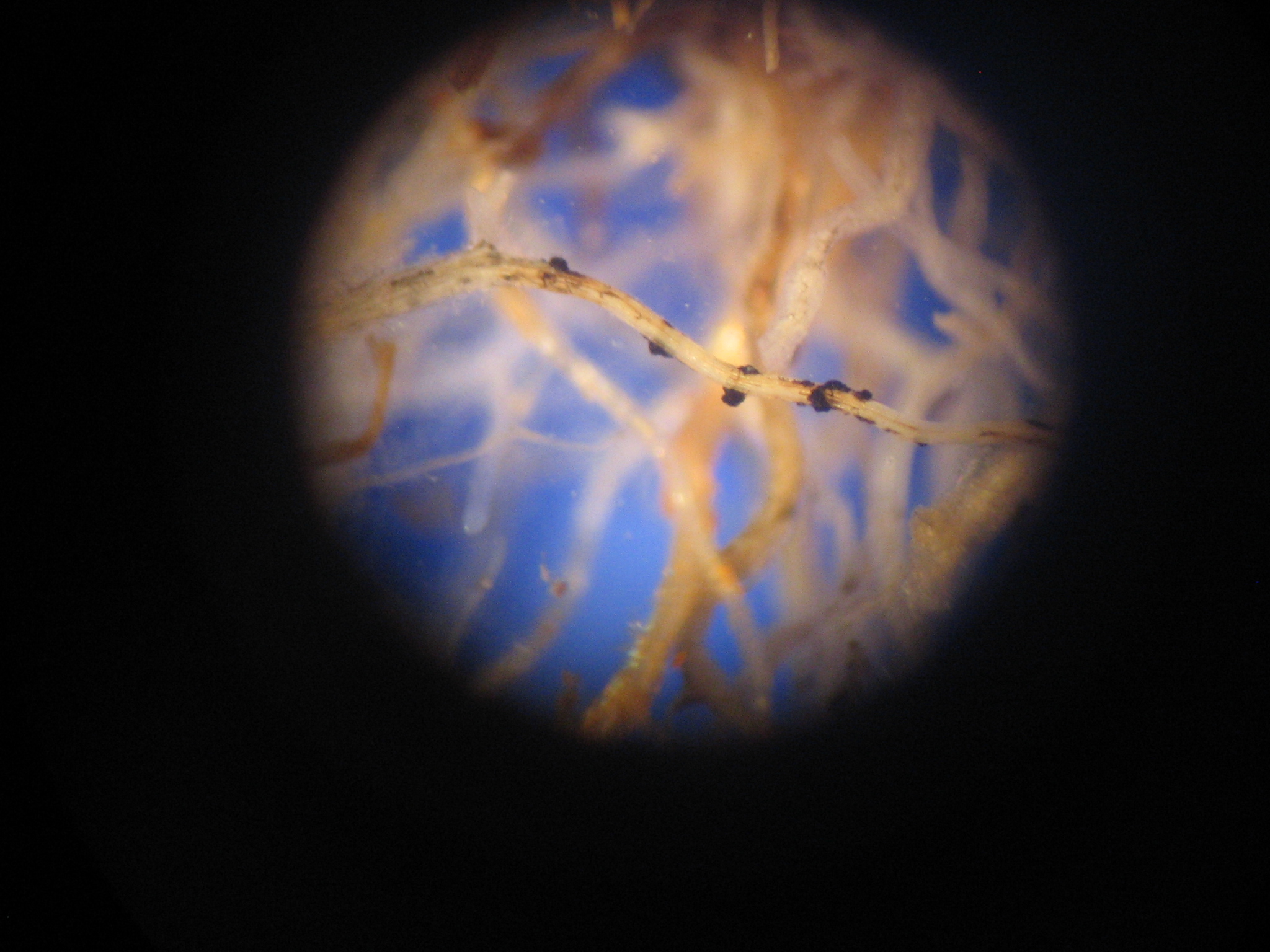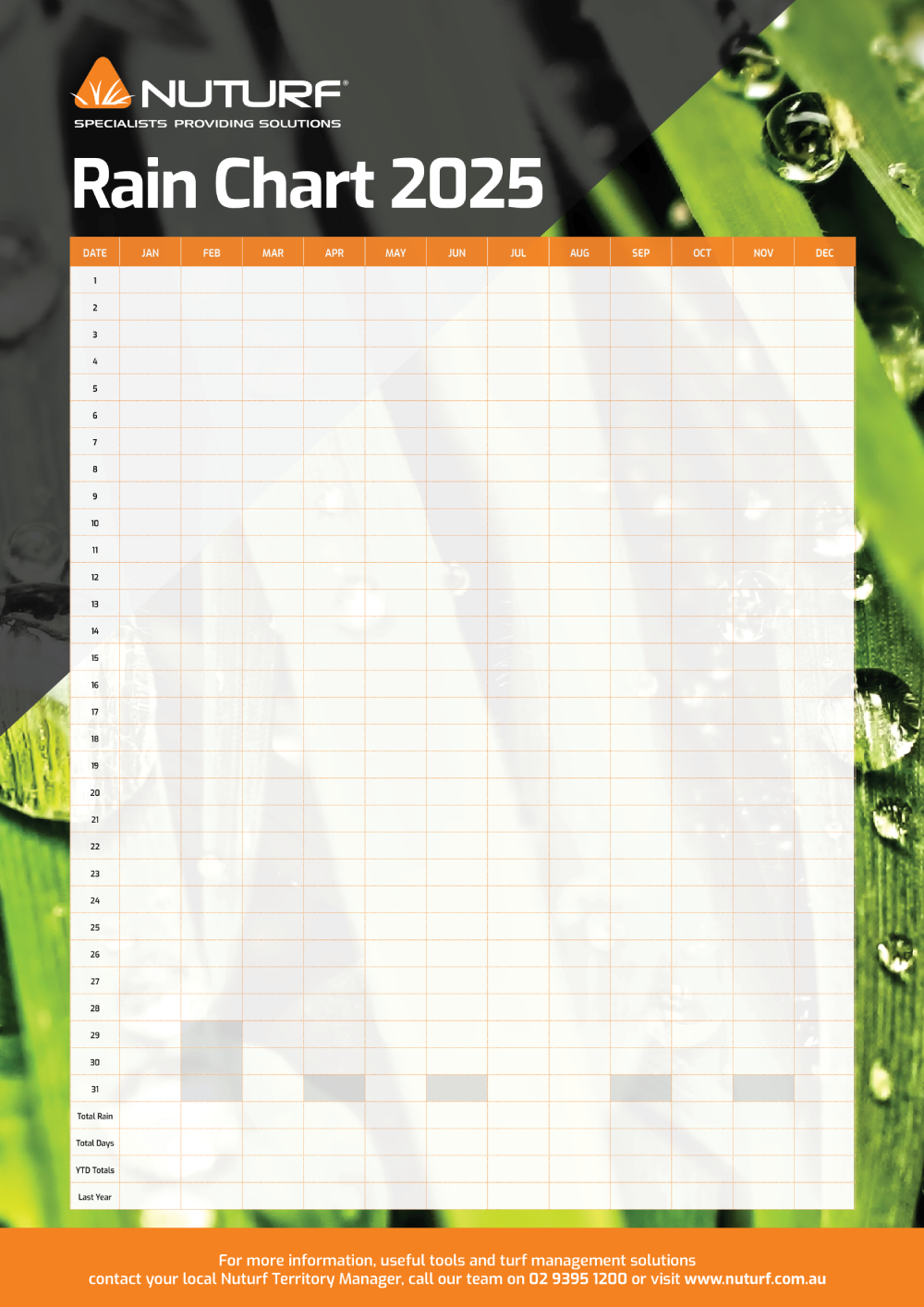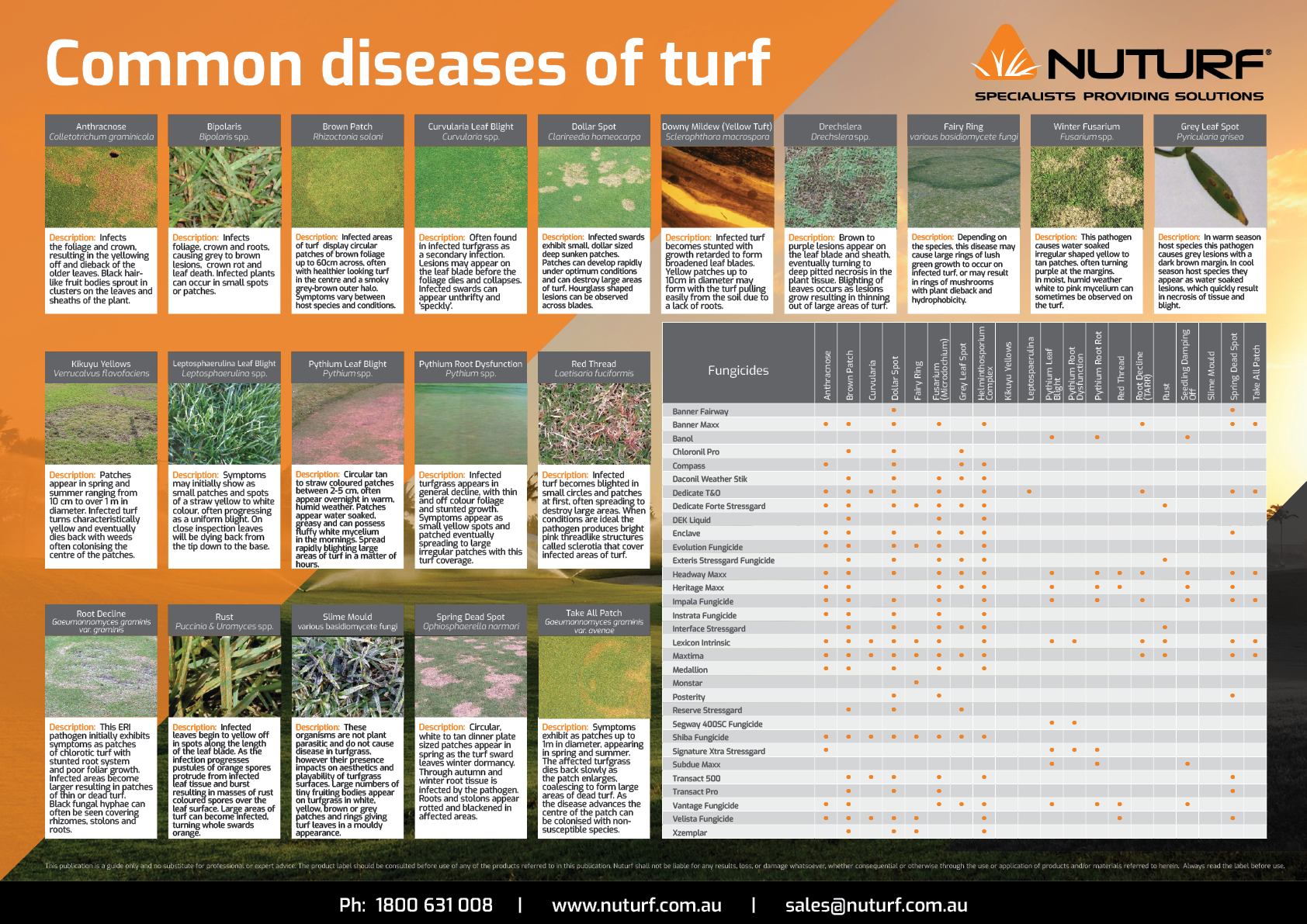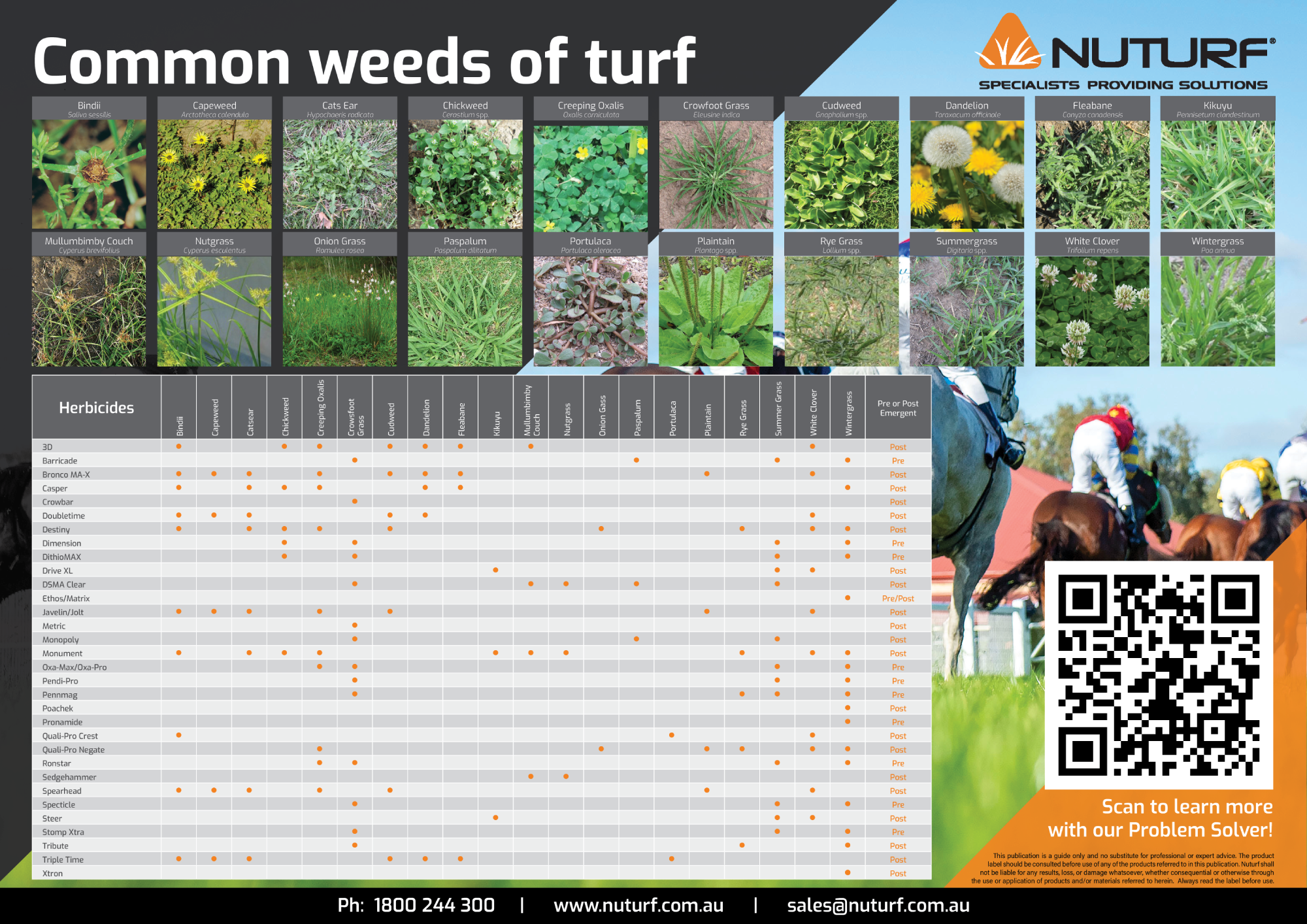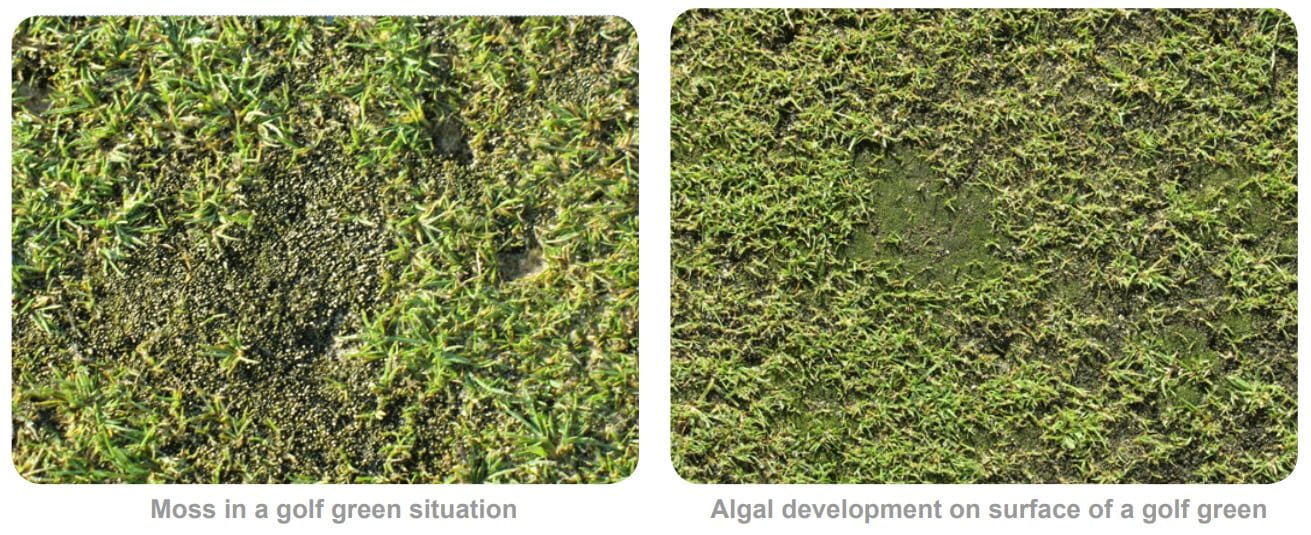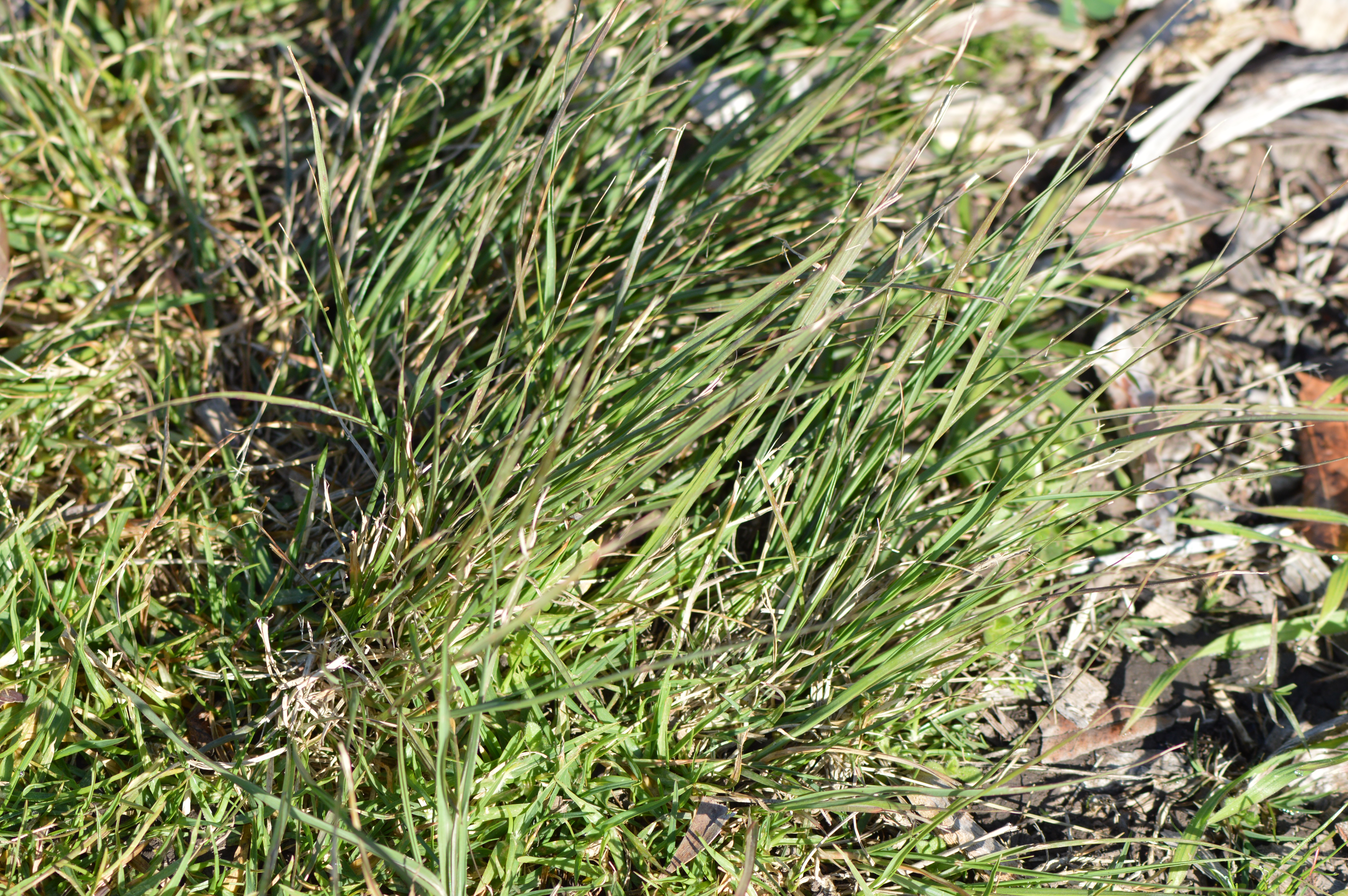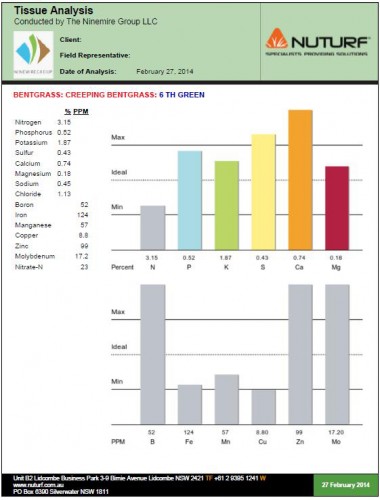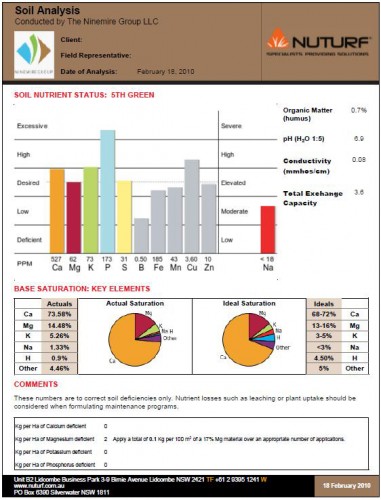Spring Dead Spot
- Problem Solver
- Disease
- Spring Dead Spot
Spring Dead SpotCausal AgentLeptosphaeria korrae What is Spring Dead Spot?Spring Dead Spot is typically a disease of mature turf that is intensively managed. Spring dead spot causes circular patches of bleached, straw coloured dead grass to appear in spring as the dormant grass regrows. What are the Symptoms of Spring Dead Spot?Symptoms of spring dead spot generally include:
|
|
|
|
|
What turfgrasses are especially susceptible to Spring Dead Spot?Common couch grass, South African couch grass and their hybrids. When does spring dead spot occur?The conditions favouring spring dead spot are:
What can I do to manage or control Spring Dead Spot?Turf management practices that can help control or reduce instances of spring dead spot include:
For chemical solutions and treatments for spring dead spot, please see the recommended products below. |
Product Solutions for Spring Dead Spot
-
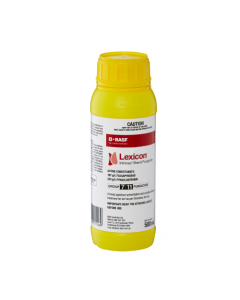 Lexicon Intrinsic FungicideActive: 167g/L fluxapyroxad
Lexicon Intrinsic FungicideActive: 167g/L fluxapyroxadLexicon delivers peak performance under pressure, optimising disease control and providing plants with longer, stronger roots and increased growth.
$506.00 incl. GST -
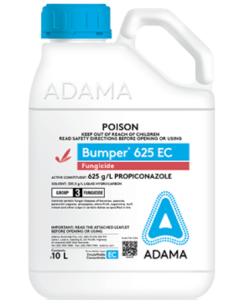 Bumper 625 EC FungicideActive: 625g/L Propiconazole
Bumper 625 EC FungicideActive: 625g/L PropiconazoleBumper 625 EC is a broad spectrum fungicide specifically registered for the control of Spring Dead Spot and Dollar Spot in a range of turf management situations.
$764.50 incl. GST -
 Quali-Pro Enclave FungicideActive: 365g/L chlorothalonil
Quali-Pro Enclave FungicideActive: 365g/L chlorothalonilQuali-Pro Enclave is registered for the broad spectrum, eradicant, curative and preventative control of Brown Patch, Fusarium Patch, Anthracnose, Dollar Spot, Helminthosporium, Grey Leaf Spot and Spring Dead Spot in all recreational turf management situations.
$632.50 incl. GST -
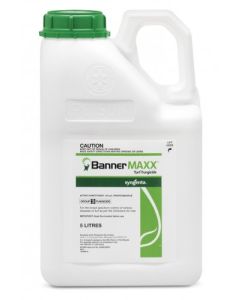 Banner Maxx FungicideActive: 15.5% Propiconazole
Banner Maxx FungicideActive: 15.5% PropiconazoleBanner Maxx is early curative treatment, providing systemic broad-spectrum control of Dollar Spot, Winter Fusarium, and the ERI complex (Couchgrass Decline and Take-all Patch).
$375.10 incl. GST -
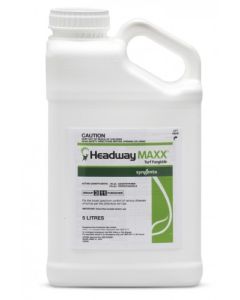 Headway Maxx FungicideActives: 62g/l Azoxystrobin, 104 g/l Propiconazole
Headway Maxx FungicideActives: 62g/l Azoxystrobin, 104 g/l PropiconazoleHeadway Maxx combines the strength, longevity and broad spectrum of Heritage Maxx with the speed and early curative action of Banner Maxx in an unbeatable combination.
$809.60 incl. GST -
 Dedicate Turf and Ornamental FungicideActive: 100g/L Trifloxystrobin
Dedicate Turf and Ornamental FungicideActive: 100g/L TrifloxystrobinDedicate turf fungicide contains two active ingredients with two different modes of action, providing curative and preventative control. It has a contact and systemic action in turf which provides broad spectrum control.
$517.00 incl. GST -
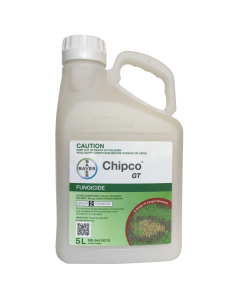 Chipco GT Fungicide240 g/L iprodione
Chipco GT Fungicide240 g/L iprodioneChipco GT is a broad-spectrum fungicide providing unsurpassed control of brown patch, dollar spot, various leafspots, and a variety of other turf diseases.
$284.90 incl. GSTOut of stock -
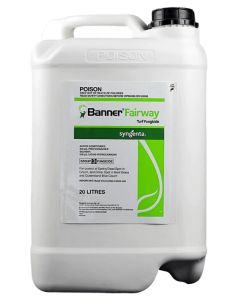 Banner Fairway FungicideActive: 250 g/L propiconazole
Banner Fairway FungicideActive: 250 g/L propiconazoleBanner Fairway is a fungicide registered for the control of control of Spring Dead Spot in Couch and Dollar Spot in Bent Grass and Queensland Blue Couch.
$673.20 incl. GST -
 Azoxy 250 T&O FungicideActive: 250g/L Azoxystrobin
Azoxy 250 T&O FungicideActive: 250g/L AzoxystrobinAzoxy 250 T&O Fungicide (active constituent Azoxystrobin) is an effective xylem systemic fungicide that delivers excellent protection for up to 28 days against a wide spectrum of Turf, Nursery Stock and Ornamental diseases.
$330.00 incl. GST -
 Transact 500 Fungicide 5LActive: 500g/L Iprodione
Transact 500 Fungicide 5LActive: 500g/L IprodioneTransact 500 is a broad spectrum fungicide containing 500 g/L of the active constituent Iprodione. It is registered for the control of Brown Patch, Dollar Spot, Fusarium Patch, Spring Dead Spot, Curvularia and Helminthosporium disease in all recreational turf situations. It is also registered for the control of Botrytis Blight in ornamental plant applications.
$265.10 incl. GST -
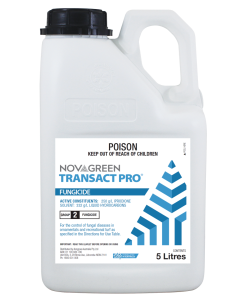 Transact Pro Fungicide 5LActive: 250g/L Iprodione
Transact Pro Fungicide 5LActive: 250g/L IprodioneTransact Pro is a premium locally systemic, broad spectrum fungicide containing 250 g/L of active ingredient Iprodione.
$238.70 incl. GST -
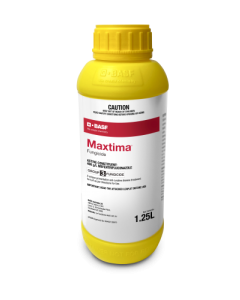 Maxtima FungicideActive: 400g/l Mefentrifluconazole
Maxtima FungicideActive: 400g/l MefentrifluconazoleMaxtima® is a revolutionary, broad spectrum DMI fungicide that can be applied on any turf, at any temperature and anywhere on your course.
$550.00 incl. GST$2,198.90 incl. GST -
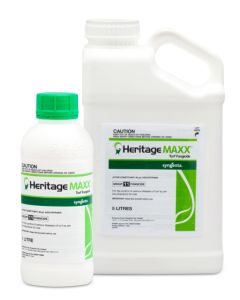 Heritage Maxx FungicideActive: 95g/l Azoxystrobin
Heritage Maxx FungicideActive: 95g/l AzoxystrobinHeritage Maxx combines systemic activity through xylem mobility, and translaminar movement to encourage multi-site uptake...
$187.00 incl. GST$765.60 incl. GST
JOIN OUR NEWSLETTER NOW!
Be the first to hear about the latest specials, products, tips and ideas.


